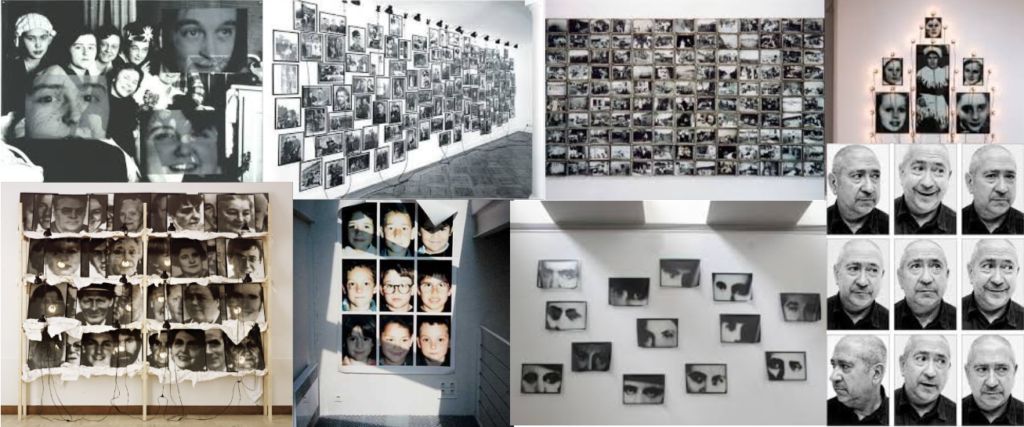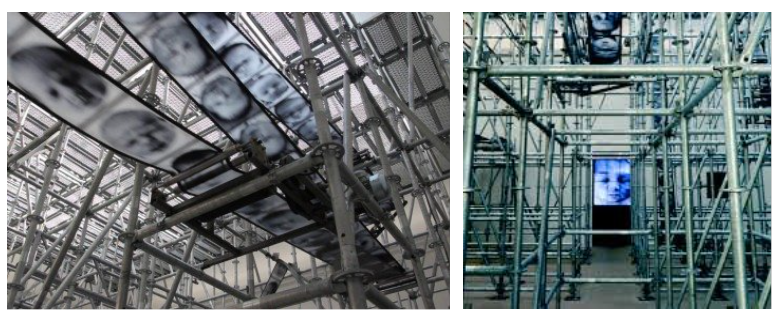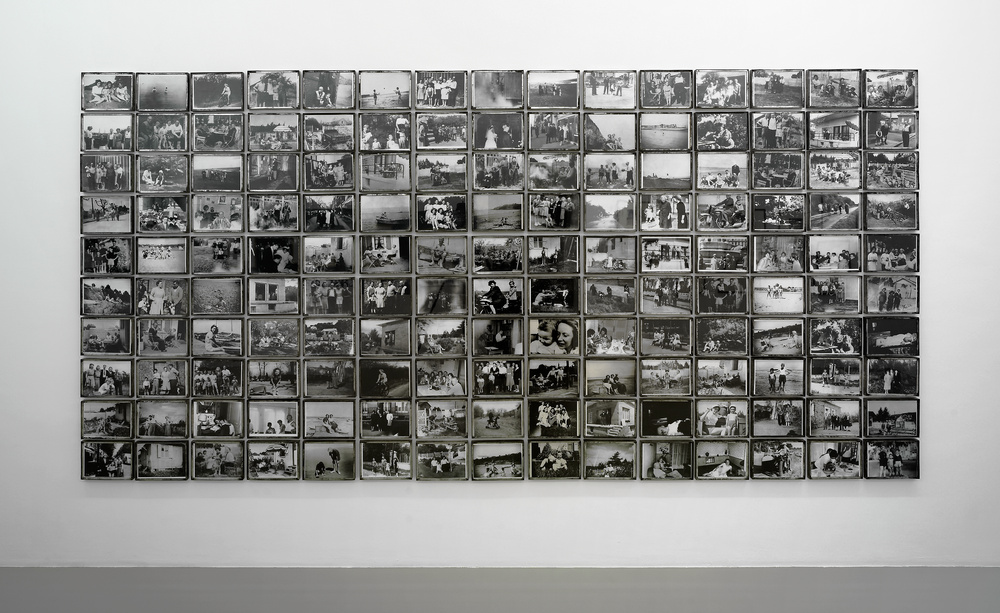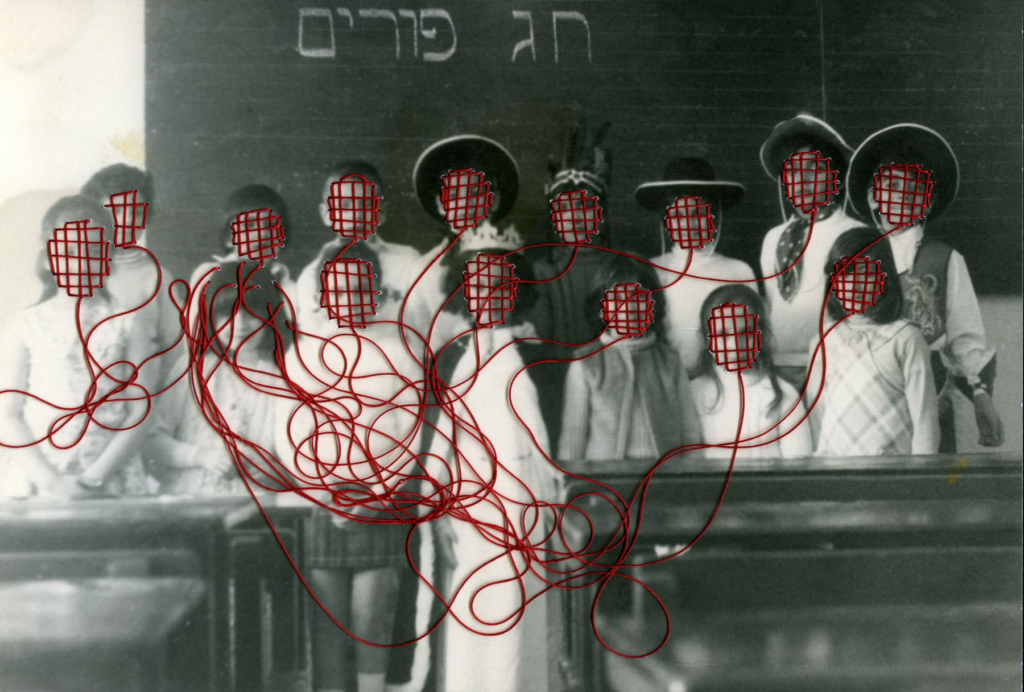Christian Boltanski

Christian Boltanski is a French artist who used many mediums painting, sculpting, photography, and filmmaking. However, he’s widely known for his photography. His work tends to centre around the ideas of life and death where he often focuses on the Holocaust due to personal affiliation of his father being Jewish and experiencing what it was like to be Jewish during WW2.
What makes Christian Boltanski stand out compared to other artists is how he displays his work. He’s most known for when he enlarges his images and prints them onto fabric where he then uses hanging lightbulbs in order to make this interactive experience for viewers. Boltanski leaned into conceptual art and liked blurring the lines between fiction and reality.

One of my favourite of his exhibitions would be Luck also known as ‘Wheel Of Fortune’ from 2011. This exhibition focused on the ideas of fate and luck. He expressed this though using random images of new-born babies to represent the idea of the ‘lottery of life’. Similarly, he like bringing attention to our growing population and the fact that the worlds birth-rates are exceeding death rates. Boltanski actually has a really effective way of demonstrating that through simply presenting his audience with the daily statistics and numbers. Something that Christian Boltanski did say is that he wanted to make the audience question things like their existence with this exhibition.
Image Analysis
L’ Album de la famille D. 1939-1964

I find this image to be very visually interesting. He used 150 of his friends’ family photos to create this piece. He arranged it very symmetrically, and although each photo is so different; they all appear to be very cohesive together. He was able to create this effect purely through visual repetition of the same-sized photos and their all being in black and white.
When you look closely at this piece of work and the images within it, you start to see the imperfections of the pictures. Some appear to be blurry, not framed perfectly, etc. However, that’s a big part of the piece. They were perfect. They weren’t taken by professional photographers; it was just that family capturing their lives and their experiences.
It’s said that he created this piece as he knew little to nothing about his friend’s (Michael Durand) family so he wanted to try and reconstruct his family’s story. He liked the idea of learning about his friends family, learning the relationships between people, learning the order of pictures taken. However it did not have the effect he expected. He believed it would bring him a connection with his friends family but instead it just made him think of his own family and his memories.

Carolle Benitah

Carolle Benitah is a French Moroccan photographer who was inspired by pervious family portraits which were taken around 40 years ago. She decided to delve into ideas of her childhood so she could explore and define her identity at the time.
She spoke about the photos provoking a lot of emotion as there was “something both familiar and total unknown” surrounding these family photos. Part of her work that made her unique was the embroidery and needlework she used on these family portraits. One of the reasons she decided to explore the idea of using needlework with her images is because within society it can be considered quite a feminine skill to have and could be seen as a paragon of virtue. In her culture, it was quite common for girls to be taught by their mothers these skills in order to be seen as the “perfect woman”.
She’s manipulated these photos to re-interpret her family history. “With each stitch, I make a hole with a needle. Each hole is a putting to death of my demons. It’s like an exorcism. I make holes in paper until I am not hurting anymore.”
Image Analysis
le déguisement (the disguise), 2009

This photo has to be one of my favourite of her work. It creates this very haunting and unusual feel to it. She was able to create that atmosphere by adding the renowned red stitching. Additionally she’s intentally added these red masks on all the children’s faces whilst having them all connected together in this chaotic loop leading back to that one girl. I think it works so well because there isn’t a set way to interpret that so every individual can resignate with it weather they believe she’s trying to erase them or to show them being controlled etc… Carolle Benitah’s work completely defies stereotypical aesthetics however she’s made it her own and its now a key part of her style and its what makes images like this recognisable.
